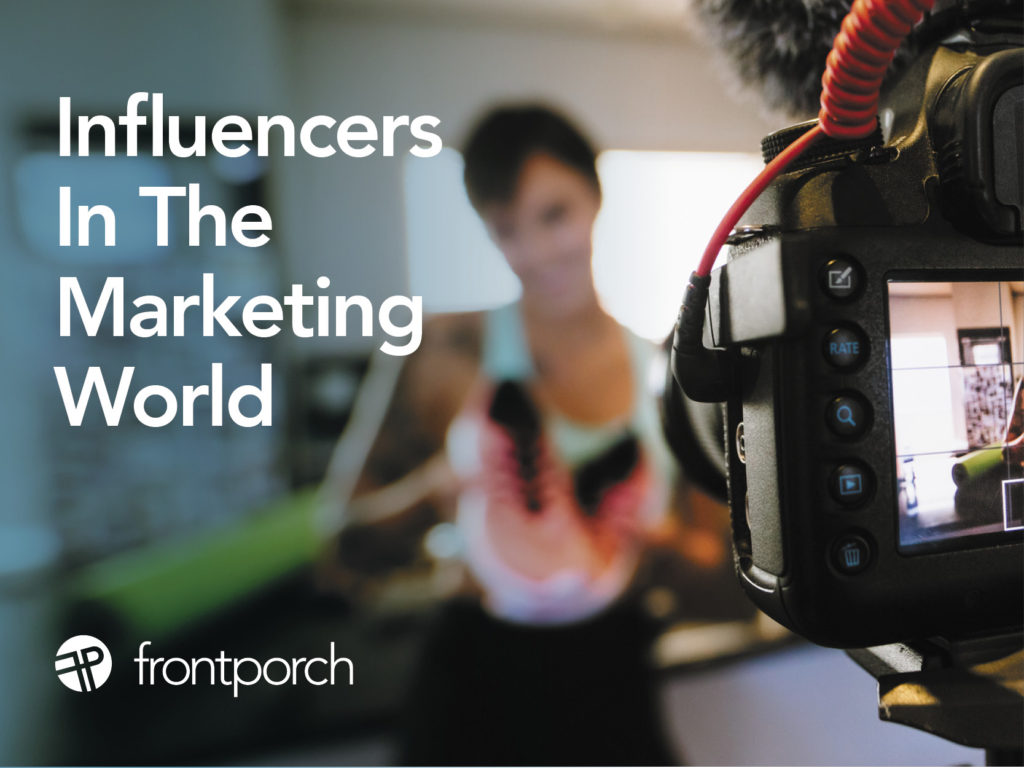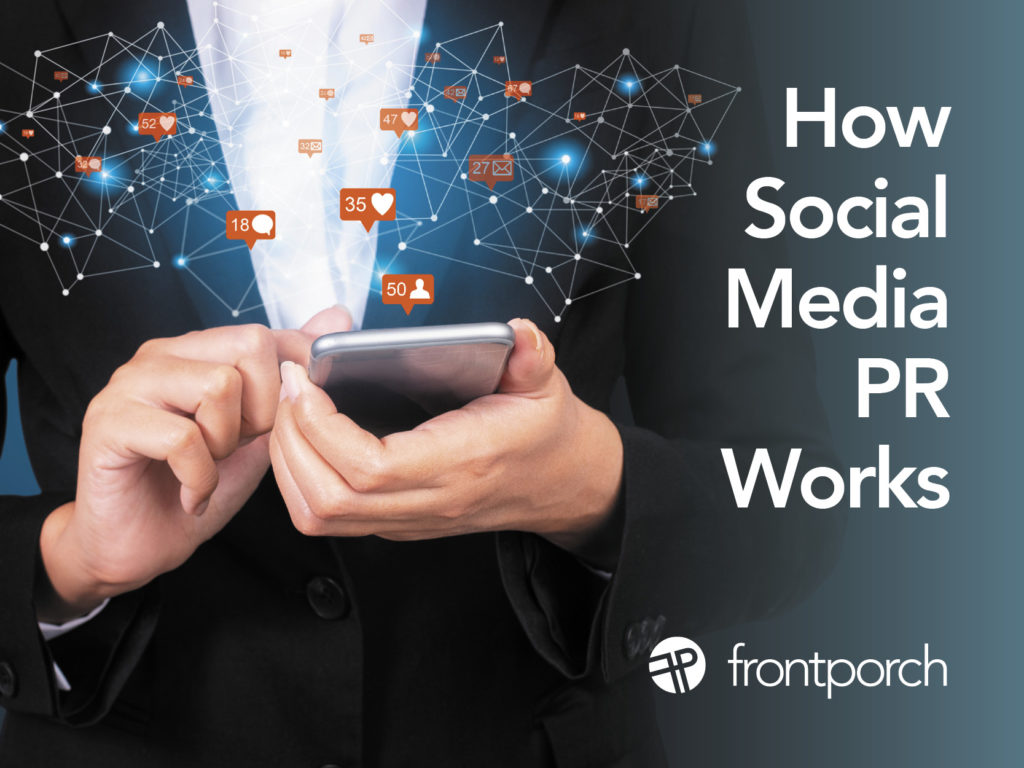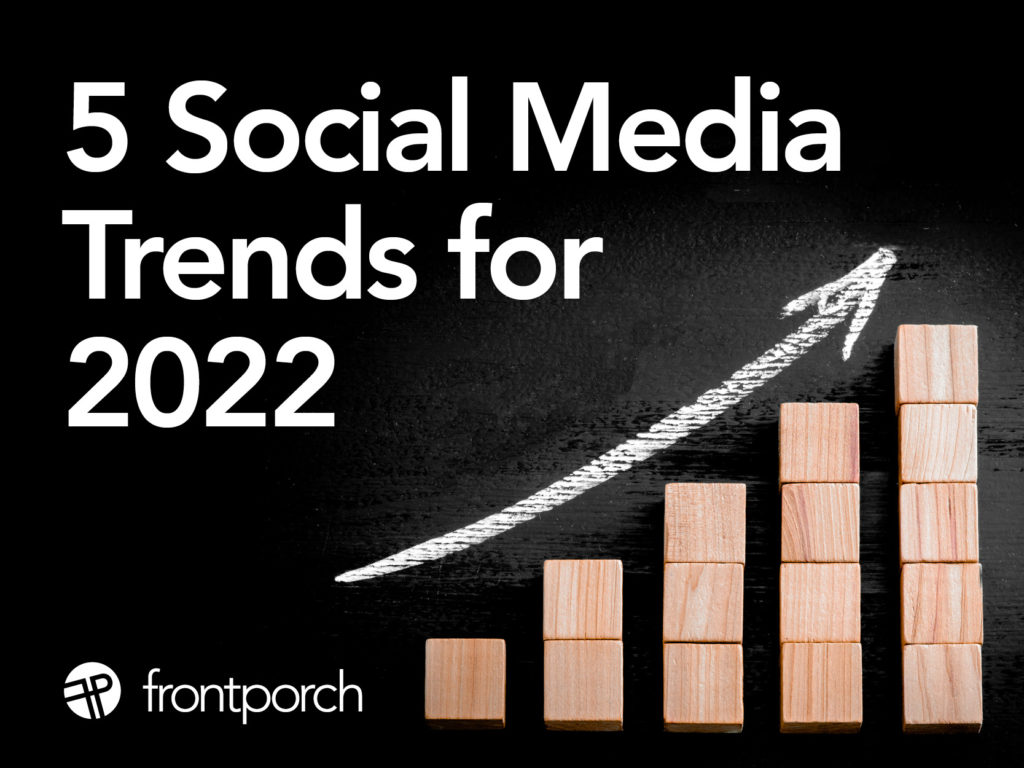
How can your company create better social media content and increase engagement? A cost-effective marketing strategy that is often overlooked today is employee — we prefer “team”— activation. Not only can employee activation, hence forth, team activation, benefit brands externally but internally as well.
What is Team Activation?
Team activation provides team members with social media guardrails. This approach allows them to share content and ideas on social media that align to their interests and professional goals.
More than 10 years ago, employee advocacy was popular. Team activation is similar but more engaging and collaborative. Employee advocacy forces team members to blast boilerplate messages and brand content to their social networks. The generic approach and efforts of employee advocacy fizzled out over time.
But team activation encourages employees to authentically create and share content that aligns with their company, on their own channels. If done properly, team activation benefits brands from employee engagement and communication to marketing and sales. As well as much more.
How does this work on different social channels?
Team activation works across all the social networks, Facebook, Instagram, LinkedIn, Pinterest, TikTok, Twitter, YouTube, etc. Over the past few years, according to our clients’ successful team activation campaigns, we have found:
- Team members grow to consistently like brand posts on Facebook, Instagram and Pinterest.
- Whereas they like LinkedIn posts and tweets, they also reshare or RT the information to their personal accounts.
How does this help the brand internally?
When team members are socially engaged, they are more likely:
- Stay at their company
- Optimistic about the company’s future
- To believe the brand is more competitive
How does this approach help the brand externally?
Here’s a fact: sales reps using social media as part of their sales strategies outsell 78% of their peers. According to Social Media Today, content shared by employees receives 8x more engagement than organic content shared by brand channels. More and more, social algorithms bury a company’s page posts, tweets, pins, etc. And, people believe individuals’ social media posts and engagement are more authentic and creditable than a brands’.
Done well and right, your team becomes real brand advocates. Think less expensive form on influencer marketing. We can help. Front Porch Marketing holds collaborative in person or virtual team workshops. Also, we do one-on-one team member training.









